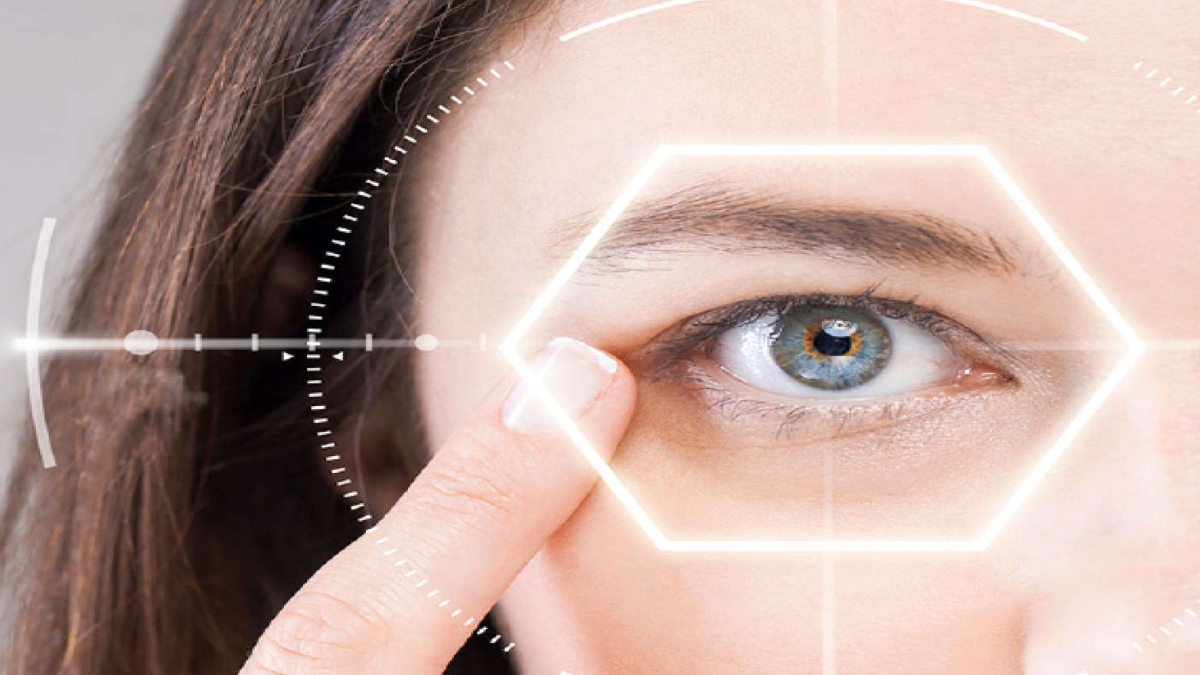


In the last two years, disruptions due to the Covid-19 pandemic had a significant impact on ophthalmic care in India. Patients with eye conditions like glaucoma experienced severe repercussions due to limited access to treatment, improper diagnosis, and lack of regular monitoring/follow up of symptoms and titration in medication with their doctors. Another affiliated Covid-19 impact such as supply chain challenges which resulted in inadequate product availability and financial challenges also affected the adherence and fulfilment in glaucoma treatment.
Glaucoma is a progressive and irreversible condition, which when left untreated can result in blindness. Hence treatment adherence is important to control disease severity. In India, the estimated prevalence of glaucoma cases is reported to be 11.9 million and the burden is likely to grow in the coming years. Because of the peculiar nature of the condition, more than 90% of cases of glaucoma remain undiagnosed which eventually results in vision loss.
As life returns to normal, people must focus on eye care, especially those living with conditions like glaucoma. Since the symptoms of glaucoma are not visible till a later stage, it is important to be aware and identify symptoms as and when they appear to facilitate timely medical intervention. Glaucoma is a condition in which pressure inside the eye increases due to fluid accumulation which gradually damages the optic nerve that connects the eye to the brain. It is an eye condition that deteriorates if left untreated. Glaucoma can be genetic, and the symptoms don’t appear until much later in life. With timely diagnosis and suitable treatment, significant vision loss can be prevented. Globally, glaucoma is the second leading cause of vision loss.
COMMON SYMPTOMS
It is often called the ‘silent thief of eyes’ since most people with glaucoma don’t experience early symptoms or pain. Hence, it goes undetected for a long-time and gradually leads to vision loss if left untreated. It is recommended to get IOP measured during your annual eye health screenings for early diagnosis of glaucoma, if any. Due to Covid-19 many patients experienced heightened anxiety and missed out on their regular eye check-ups leading to aggravated symptoms and even disease progression.
Depending upon the type of glaucoma, people may have different symptoms. Open Angle Glaucoma is the most common type of glaucoma. Usually, no symptoms are spotted till there is a significant amount of vision loss. The first sign is the loss of peripheral (side) vision, and it can slowly cause blindness or loss of vision if treatment is not initiated during the early stage. Whereas symptoms of acute glaucoma include eye pain, redness, headache, nausea and blurry vision.
POTENTIAL RISK
FACTORS
Glaucoma can destroy vision before showing any signs or symptoms. So early detection is the only way to treat irreversible damage to the eyes. Although anyone could be at risk of developing glaucoma, certain groups are at a higher risk like people above the age of 60 or people with a family history of glaucoma. Patients with high blood pressure and heart disease should also be regularly screened for glaucoma, as well as anyone using corticosteroid medications in any form. People with existing conditions like thin corneas (black/dark brown circle in front of the eye) and sensitive optical nerve are also susceptible to the disease.
TREATMENT
OPTIONS AND EYE CARE MANAGEMENT
Treatment options available for glaucoma include topical medications, surgery, and laser treatments. Even though glaucoma treatments can’t reverse the damage, timely treatment can reduce the chances of further damage and permanent loss of vision.
Eye drops are effective in the prevention of further eye damage and is often prescribed as the first treatment option. The drops are prescribed to be used daily and help in reducing eye pressure. Surgery can also help in minimising eye pressure and can slow down the disease progression. Surgery is recommended for people who experience side effects while using eye drops. Lastly, laser treatment helps in improving the fluid drainage from the eye. The treatment can last up to 5 years. Laser treatment is effective in 7 out of 10 cases. An eye doctor can suggest which suits best by examining the patient’s eye(s).
Proper eye care ensures healthy eyes for a long time. Consuming foods rich in Omega-3 fatty acids, exercising to prevent high blood pressure and keeping diabetes in check is good for the eyes.
Sun exposure can also be damaging to the eyes and wearing sunglasses can prevent them from UV-A and UV-B radiations. During activities like sports, construction work and dealing with tools wearing proper eye gear will ensure safety to the eye.
Moreover, the present awareness and knowledge on glaucoma should be amplified further to ensure that people include eye check-ups in their routine health examinations. This will lead to the early intervention by an ophthalmologist and the adoption of a suitable treatment regimen on time.
The writer is Senior Consultant & Director, Glaucoma Services, Sankara Nethralaya.